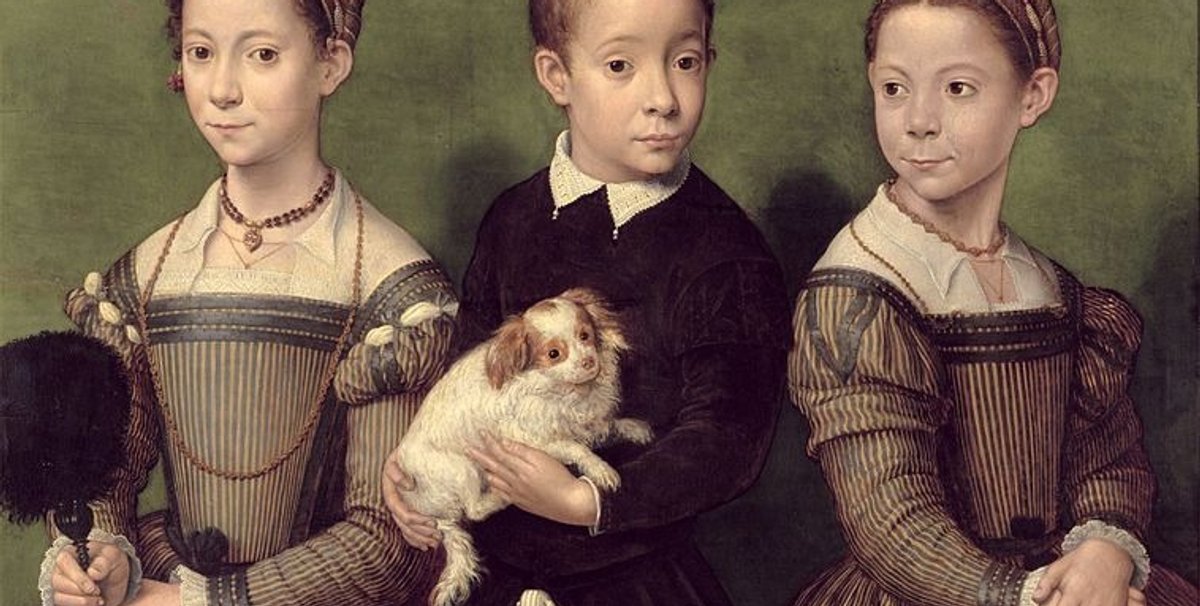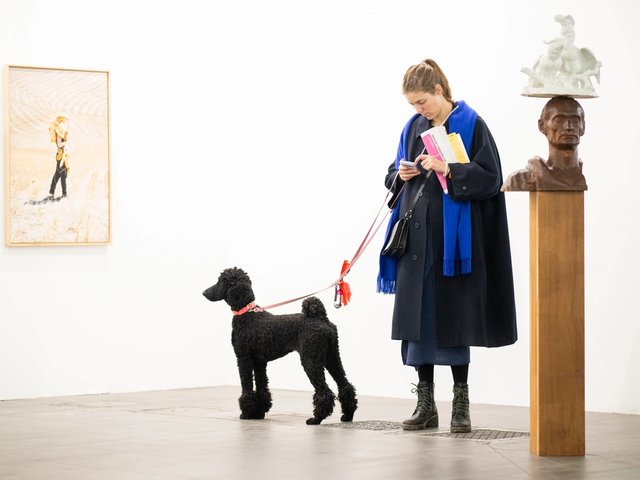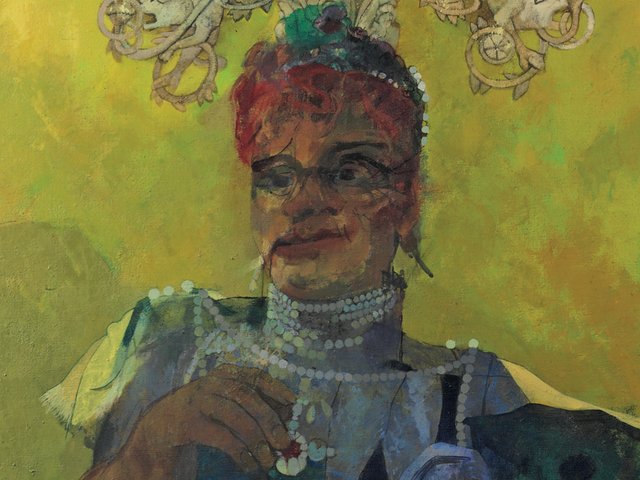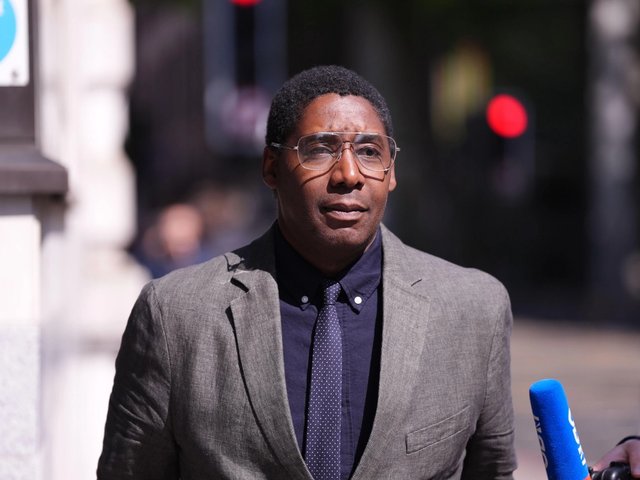A new initiative is urging people to locate and photograph 36,000 works in UK collections, which are publicly accessible as part of a tax-relief scheme. The new project, known as Open Inheritance Art (OIA), encourages the public to track down works available for viewing under the little-known Conditional Exemption Tax Incentive scheme run by HM Revenue & Customs (HMRC).
“These works are exempt from inheritance tax or capital gains tax under the condition that they are maintained, kept in the UK and made available for the public to see,” says an OIA spokesman. Hannah Greig, convenor of the Public History course at the University of York, stresses that these works “represent one of the largest secret collections in the country”.
Open Inheritance Art is run by three students at the University of York, including Joseph Pugh in the department of Computer Science who says in a statement: “We're calling upon art lovers to contact private owners through our website to arrange access and encourage a wide-scale digitisation of these important cultural assets.”
Photographs of the items posted on the OIA website are uploaded to Wikimedia, the free online image source. Items listed include a 1590 portrait, Three Children with Dog (Two Sisters and a Brother of the Artist), attributed to Sofonisba Anguissola, which is housed at Corsham Court in Wiltshire.
The public should try and arrange viewings, the organisation adds. “When you find an object you want to visit, make an appointment with the owner. Some of these works can be seen most days in country houses or National Trust properties. Others may be in ordinary houses in suburban streets. If the owner or their representative is uncooperative, HMRC would like to hear about it,” says a statement on the OIA website.
The OIA project has been awarded funding by the London-based non-profit organisation, Open Data Institute, which was co-founded in 2012 by Tim Berners-Lee, the inventor of the world wide web.





